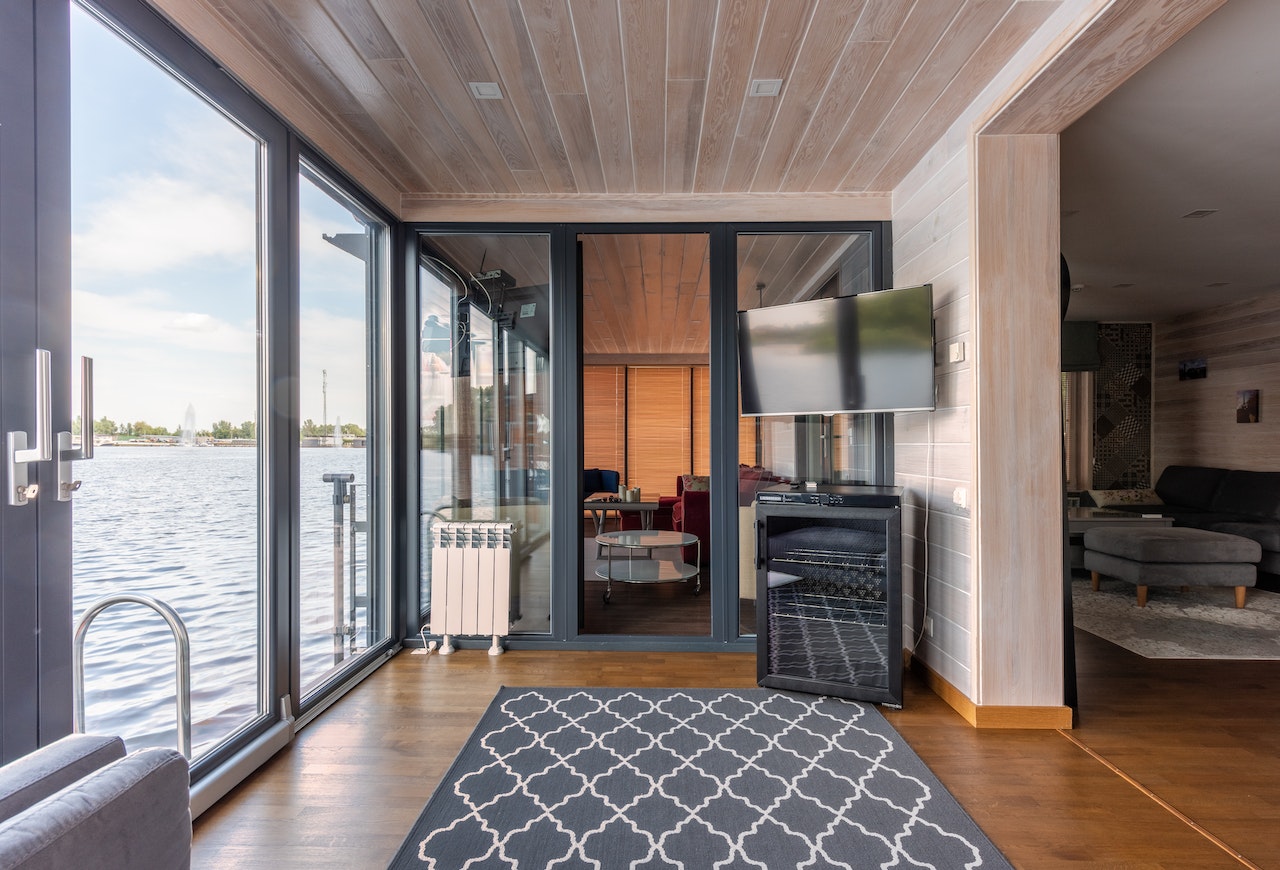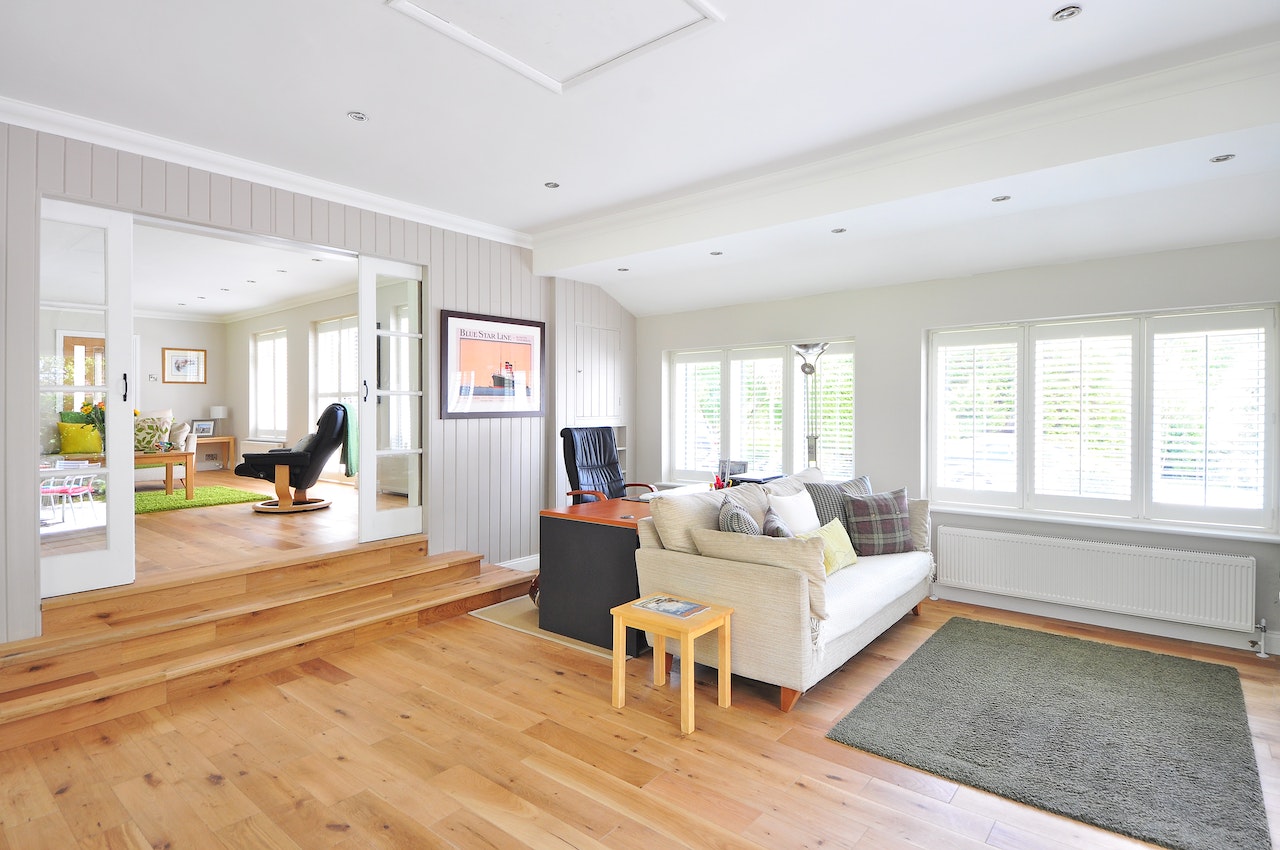
As an architect or interior designer, one of the most critical decisions you will make is choosing the right materials and techniques for your project. Not only do these choices impact the final aesthetic of the space, but they also affect its durability, functionality, and environmental impact. Here are some tips to help you make informed decisions when selecting materials and techniques for your project:
Consider the Purpose and Environment of the Space
Before selecting materials and techniques, consider the intended use of the space. Is it a high-traffic area, like a commercial building or a busy family home? Or is it a low-traffic space, like a personal study or a guest bedroom? This information will help you determine the durability requirements of the materials and techniques you choose.
Additionally, consider the environmental factors that will impact the space. Will it be exposed to sunlight? Will it be located in a humid or dry climate? These factors will help you select materials and techniques that will hold up to the specific conditions of the space.
Explore Different Material Options
Once you’ve identified the purpose and environment of the space, it’s time to start exploring different material options. Consider the aesthetic you’re trying to achieve and look for materials that align with that vision. Don’t forget to consider the texture, color, and finish of the materials, as well as their durability and maintenance requirements.
Some popular material options for architectural and interior design projects include:
Natural stone: Durable and luxurious, natural stone is a popular choice for countertops, flooring, and wall cladding.
Wood: With a warm and natural aesthetic, wood is a versatile material that can be used for flooring, paneling, and cabinetry.
Glass: Sleek and modern, glass can be used for windows, doors, and decorative elements like partitions and backsplashes.
Metal: Durable and industrial, metal is a popular choice for accents like handrails, lighting fixtures, and door hardware.
Choose Techniques That Support Your Material Choices
Once you’ve selected your materials, it’s important to choose techniques that will support their application and longevity. For example, if you’ve chosen natural stone for your countertops, you’ll need to select a sealing technique that will protect the stone from staining and etching. If you’ve chosen wood flooring, you’ll need to select a finishing technique that will protect the wood from scratches and moisture.
Prioritize Sustainability
As architects and interior designers, we have a responsibility to prioritize sustainability in our material and technique choices. Look for materials that are responsibly sourced and produced, and techniques that minimize waste and environmental impact. Consider incorporating sustainable materials like bamboo, recycled glass, or salvaged wood into your projects to reduce your carbon footprint.
Consult with Experts
Finally, remember that you don’t have to make these decisions alone. Consult with experts in materials and techniques to ensure that your choices align with your goals, budget, and timeline. Additionally, consider collaborating with contractors, fabricators, and other specialists to ensure that the implementation of your chosen materials and techniques is seamless and effective.
In conclusion, selecting the right materials and techniques for your architectural or interior design project is a critical component of achieving the desired aesthetic and functionality of the space. By considering the purpose and environment of the space, exploring different material options, choosing techniques that support your material choices, prioritizing sustainability, and consulting with experts, you can make informed decisions that will result in a beautiful, functional, and sustainable space.



